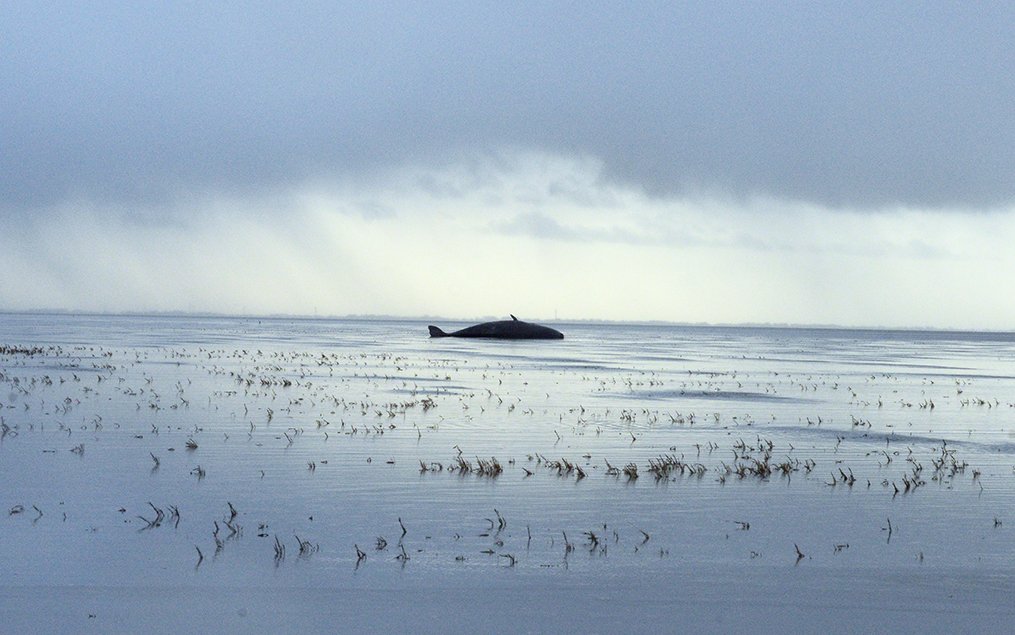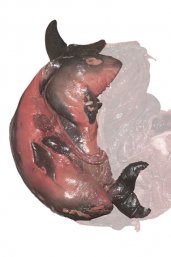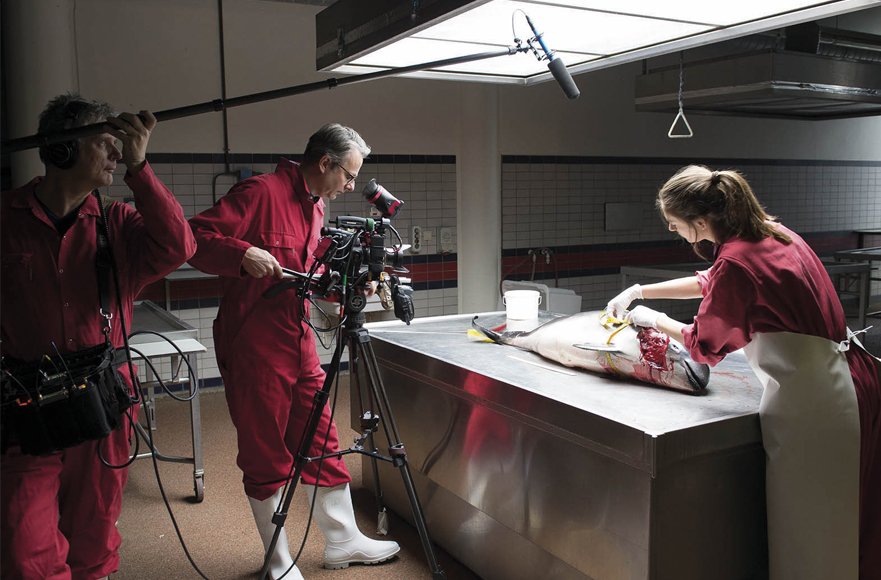What has been discovered to date?
Whilst this work continues we have already made some key findings
The main aim of our research is to determine the cause of death of porpoises and other cetaceans that have been washed ashore along the Dutch coastline. The long-term nature of this project is key to us being able to detect trends in the data and spot exceptions. In addition to this monitoring work we are also investigating certain subjects.
Wounds caused by grey seals
The cause of the wounding that is often reported on stranded porpoise carcasses was until recently not known. However, joint research performed by the Faculty of Veterinary Medicine, IMARES and NIOZ (the Dutch Institute for Marine Research) has shown that these are bite and tear wounds; DNA testing confirmed the grey seal as the perpetrator. This multidisciplinary investigation helped us to solve this mystery and discover a previously unknown cause of death in porpoises; furthermore one that is seen relatively commonly in carcasses washed up in the Netherlands!
Whales colliding with boats and suffocating on their dinner
Our investigations into the deaths of other species of cetacean have revealed some interesting phenomena: Over the last few years there has been an increase in the number of rorquals found on the bow of container ships entering Rotterdam harbour. Another interesting result followed necropsy of two pilot whales which are both believed to have choked on their catch of flat fish.
The strandings of thirty sperm whales occurred due to a combination of several complex environmental factors
An international investigation into the strandings of thirty sperm whales in the southern North Sea in 2016 has concluded that the event most probably occurred due to a combination of several complex environmental factors, rather than any single factor.

15% porpoises have plastic in their stomach
Research has shown that about 15% of porpoises found dead in the Netherlands have plastic in their stomachs. In recent analyzes of stomach contents, diet analyzes have been supplemented with the standard method that is also applied at EU level for the monitoring of plastics in stomachs of petrels and sea turtles. This addition means that all remains from the stomach are filtered through a one-millimeter sieve and fully examined under the microscope. According to that standard, plastic was found in the stomach in 15% of the animals.

First report of porpoise twins!
Occasionally there are very unusual discoveries! Necropsy of an adult female in 2011 revealed that she had been carrying twins; the first reported such finding in this species. New-born porpoises must be able to swim immediately after their birth and for this reason tend to be relatively large (approx. 10% of the weight of the mother) and well-developed when they are born: Carrying two such large foetuses is almost impossible for a female porpoise. Unfortunately our investigations were unable to prove that this had caused the death of the mother.


